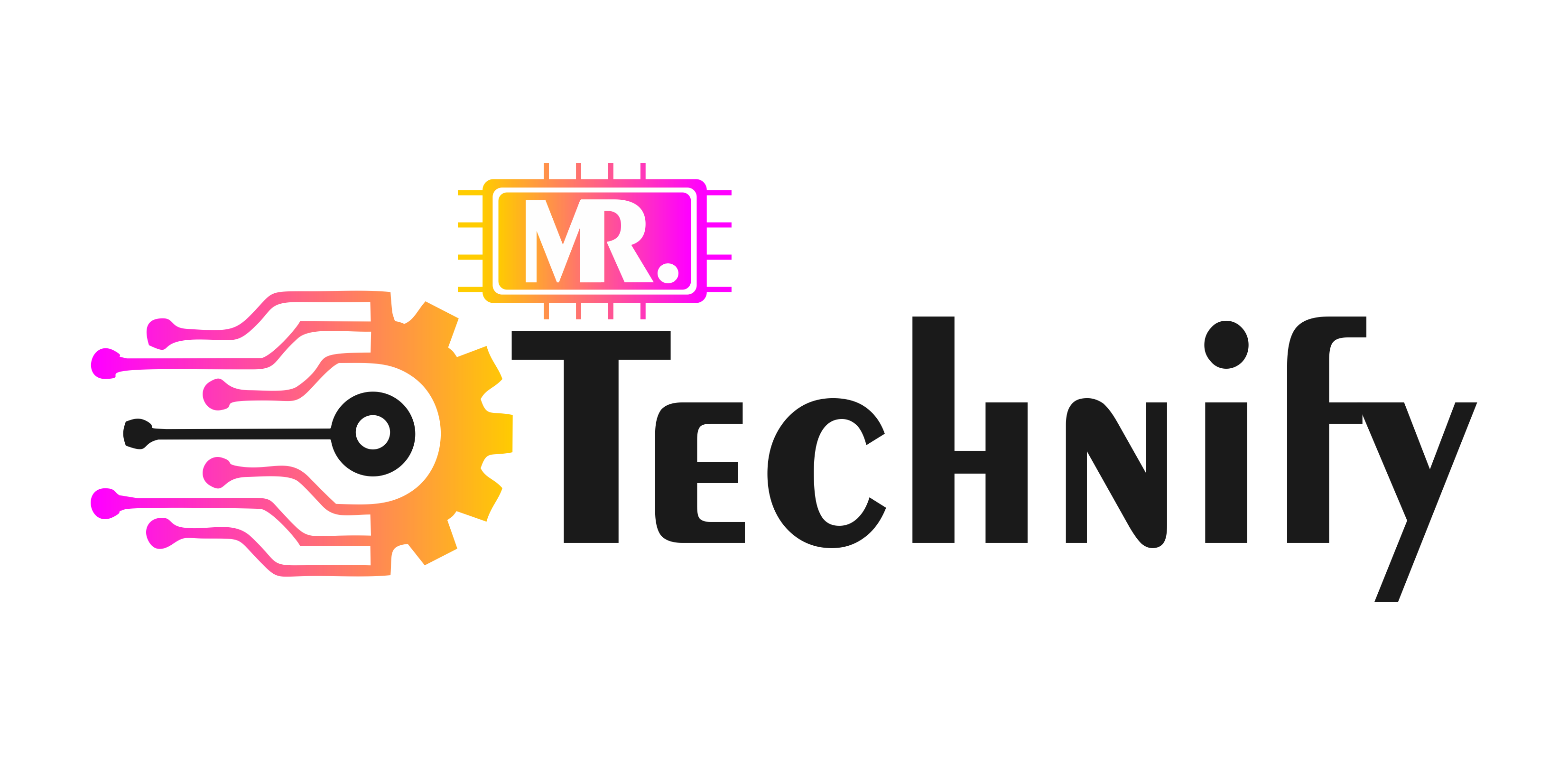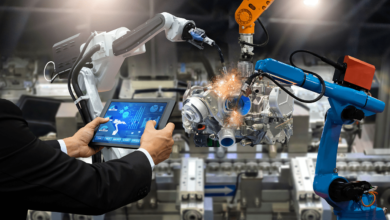Introduction to the Industrial Internet of Things
Would you like to gain knowledge about how intelligent factories operate internally? This includes automated procedures and improved industrial operations. That’s where IIoT comes into play! The Industrial Internet of Things is a game-changer, revolutionizing how we perceive and interact with the industrial sector. But what exactly is Industrial IoT? Let’s delve into it.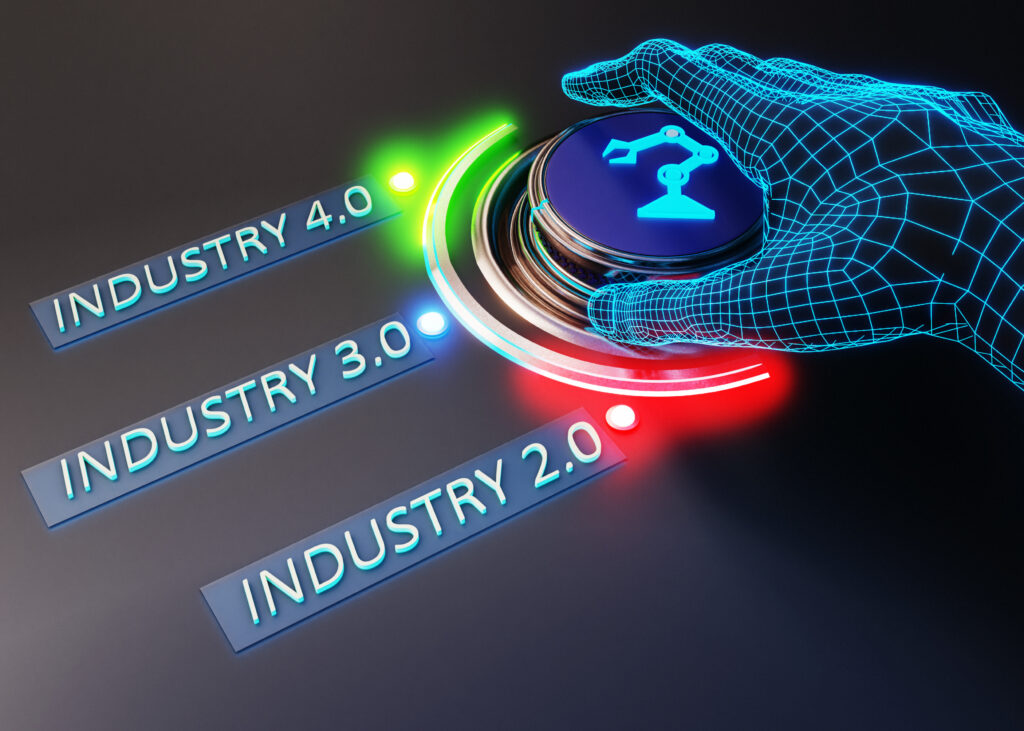
The Evolution of The Industrial Internet of Things
-
Industry 3.0 vs. Industry 4.0
Before diving into the Industrial Internet of Things, let’s journey back to understand its roots. Industry 3.0 saw the advent of computers and automation. Industry 4.0 takes things to the next level by combining cyber-physical systems, the Internet of Things, and cloud computing. And that’s where Industrial IoT shines!
-
Key Milestones in Industrial IoT Evolution
Over the years, Industrial IoT has evolved tremendously, moving from simple device connectivity to advanced, predictive analytics. The milestones reached have been pivotal in shaping today’s Industry 4.0 landscape.
Critical Components of Industrial IoT
-
Internet of Things Devices
At the heart of Industrial IoT are IoT devices. These are the sensors, actuators, and intelligent machines that collect and transmit data, forming the backbone of an IIoT system.
-
Industrial IoT Platforms
IoT platforms manage the data flow from devices, handling storage, analytics, and applications. They allow businesses to make sense of their IoT data and use it for strategic decision-making.
-
Edge Computing in Industrial IoT
Edge computing plays a vital role in Industrial IoT, providing real-time data processing near the source, minimizing latency, and improving system efficiency.
Applications of Industrial IoT
-
Manufacturing
Industrial IoT has been a boon to the manufacturing sector, enabling intelligent factories where machines communicate and make decisions, reducing downtime and improving product quality.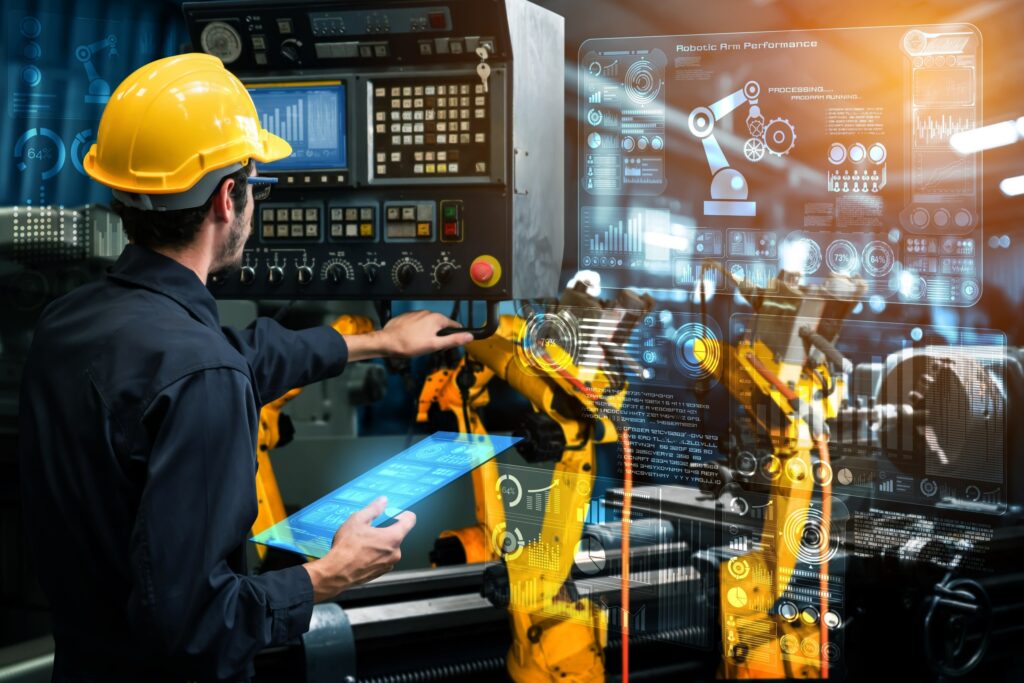
-
Logistics and Supply Chain
Industrial IoT has streamlined logistics and supply chain management by providing real-time tracking and predictive analytics, leading to significant cost savings and enhanced customer satisfaction.
-
Energy and Utilities
From smart grids to predictive equipment maintenance, Industrial IoT is transforming the energy and utilities sector, promoting sustainability and energy efficiency.
Benefits and Challenges of Industrial IoT
-
Enhancing Safety and Security
Industrial IoT improves safety and security through continuous monitoring, early anomaly detection, and automated safety systems.
-
Improving Operational Efficiency
By enabling real-time monitoring and predictive maintenance, Industrial IoT significantly improves operational efficiency, minimizing downtime and reducing costs.
-
Potential Challenges and Risks
Despite its benefits, Industrial IoT also brings challenges. These include cybersecurity risks, data privacy concerns, and the need for skilled personnel to manage IIoT systems.

Future of Industrial IoT
-
IoT and Artificial Intelligence
The future of Industrial IoT lies in the integration with Artificial Intelligence. AI can analyze vast amounts of IoT data, deriving insights and enabling predictive and prescriptive analytics.
-
IoT and 5G
The advent of 5G will boost Industrial IoT, providing faster data transmission, reduced latency, and enabling more connected devices.
Conclusion
The Industrial Internet of Things’ journey from a conceptual framework to a critical driver of Industry 4.0 has been spectacular. As technology advances, the potential applications and benefits of the Industrial Internet of Things will increase, reshaping industries and economies globally.
